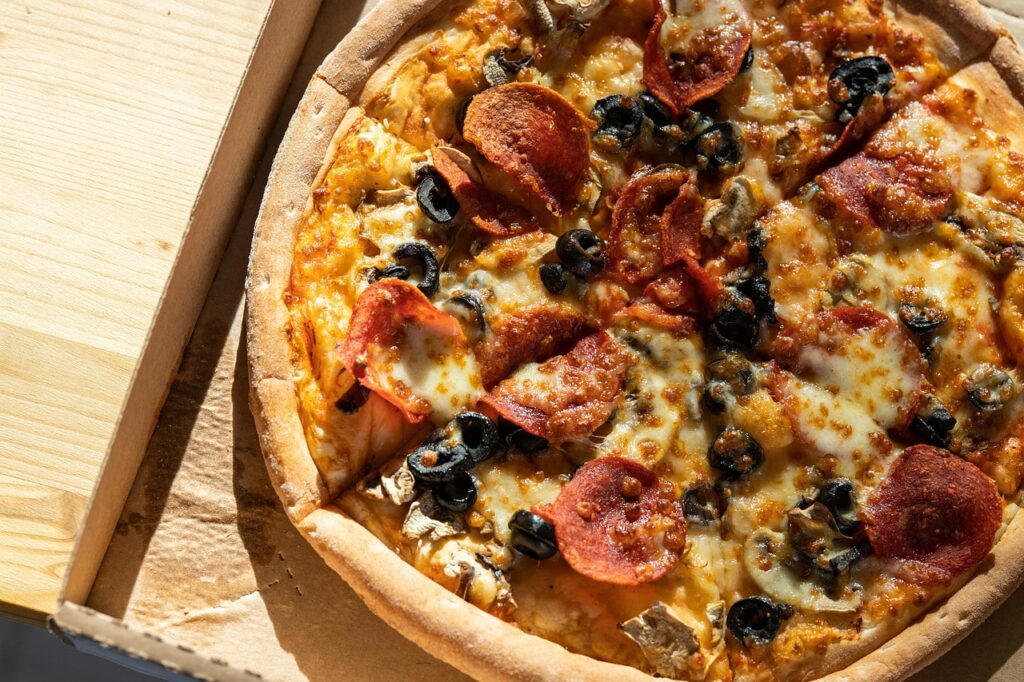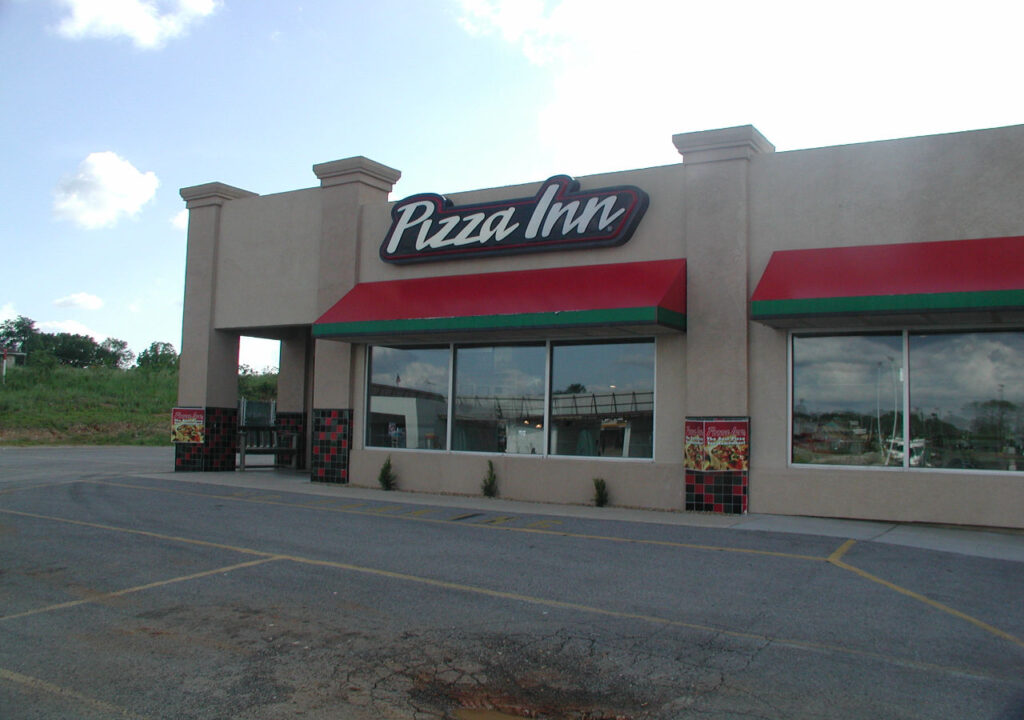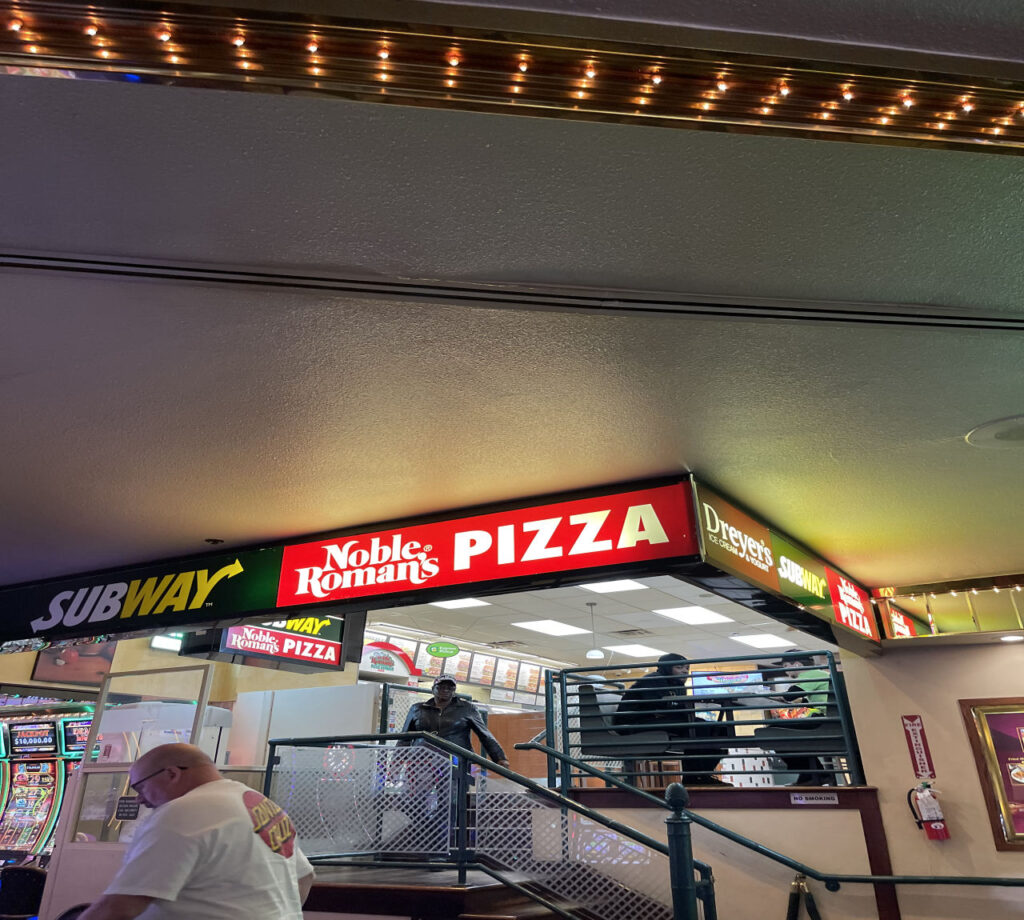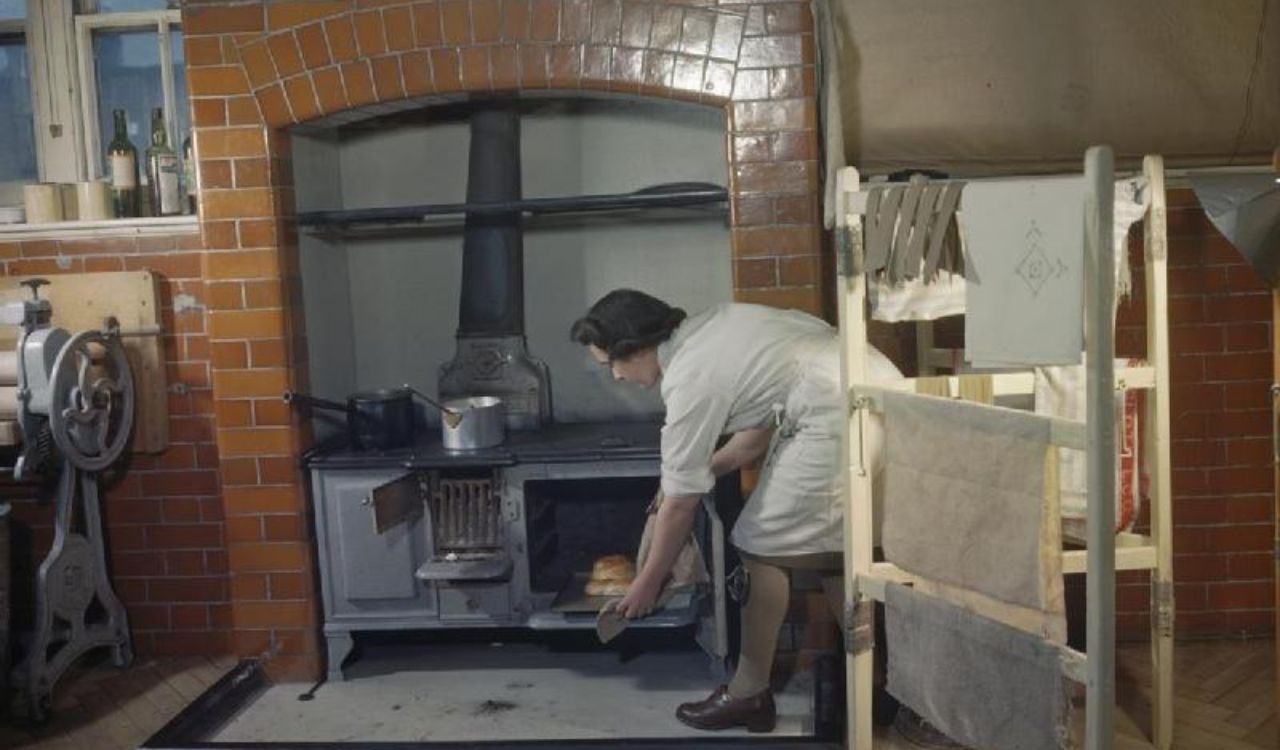8 Old School Pizza Chains That Faded From the Spotlight

There was a time when grabbing a slice from a neighborhood pizza chain felt like a small celebration and a special treat for families and friends. These restaurants were more than places to eat; they were weekend rituals, after-school hangouts, and the backdrop of countless cherished memories. Today, many of those beloved names have faded from view, leaving behind only stories and the warm nostalgia of simpler days. This list revisits the old-school pizza chains that once shaped American dining but eventually slipped from the spotlight and became quiet reminders of a bygone era.
1. Shakey’s Pizza

Shakey’s Pizza built its popularity on a combination of lively atmosphere and signature thin-crust pies that delivered a distinctly crisp bite. It thrived by offering more than food. Families came for the arcade-style fun, the music, and the community feel that made every visit memorable. However, competition from rapidly expanding national brands and a shift toward delivery-focused dining led to a gradual decline. As newer chains modernized operations and marketing, Shakey’s struggled to keep pace with changing expectations.
2. Pizza Haven

Pizza Haven was once a pioneer in bringing pizza delivery to the mainstream, creating convenience at a time when it was still a novelty. Its approach made it a household name across several regions. But as the industry grew more crowded, larger chains with stronger financial backing and aggressive nationwide expansion overshadowed it. Rising operational costs and the difficulty of maintaining consistency across locations eventually pushed the brand out of the spotlight. Its early innovations, though, remain part of pizza history.
3. Godfather’s Pizza

Godfather’s Pizza made a name for itself by offering hearty, thick-crust pies piled generously with toppings. It was a chain that prided itself on bold flavors and a distinct identity rooted in a themed dining experience. Over time, though, heavy competition and changing consumer tastes shifted demand toward lighter, faster options. As the fast casual movement gained strength, Godfather’s found it harder to match the new pace of the market. Many locations closed or scaled back, leaving only scattered outposts of the once widespread chain.
4. Straw Hat Pizza

Straw Hat Pizza created a unique following by focusing on a California-style pie defined by plenty of fresh toppings and a signature layered crust. The chain flourished during the era of dine-in pizza parlors that doubled as social spaces. However, as dining habits shifted toward delivery and efficiency, many local Straw Hat locations struggled to adapt. Its regional nature made nationwide competitiveness difficult, and larger brands with deeper resources took its market share. Though it still exists in smaller pockets, it is far from its peak prominence.
5. ShowBiz Pizza Place

ShowBiz Pizza Place blended pizza with entertainment, creating an experience that went far beyond food. With animatronic characters and arcade games, it was a childhood favorite for many families. A merger with Chuck E. Cheese changed its course permanently, leading to rebranding and the gradual disappearance of the original ShowBiz identity. As corporate decisions prioritized uniformity, the unique charm that set ShowBiz apart faded, leaving it as a nostalgic memory for those who grew up during its heyday.
6. Pizza Inn

Pizza Inn was known for its buffet-style approach that delivered value and variety, making it a family-friendly choice in many communities. Its rise was tied to its ability to offer an affordable experience in a relaxed setting. Over time, the chain faced challenges from competitors with stronger marketing and broader reach. The growing popularity of faster, customizable pizza concepts also chipped away at its customer base. While it still operates in select regions, it no longer holds the widespread influence it once enjoyed.
7. Round Table Pizza

Round Table Pizza built its reputation on premium ingredients and a medieval-themed atmosphere that captured the imagination of guests. For a while, it stood out by offering pizzas with a slightly more upscale feel compared to some competitors. But as the market shifted and new delivery-focused brands took center stage, Round Table faced difficulties maintaining growth. Regional limitations, high operating costs, and intense competition reshaped its presence, moving it away from the spotlight it once enjoyed.
8. Noble Roman’s Pizza

Noble Roman’s Pizza became popular for its customizable pies and its presence in malls, convenience stores, and small-town locations that made it widely accessible. The chain expanded quickly, but rapid growth came with operational challenges and inconsistent quality across franchise locations. As mall traffic declined and consumer expectations evolved, the brand struggled to retain relevance. Larger national chains and faster service models eventually overtook its position, leading to a significant reduction in visibility.







